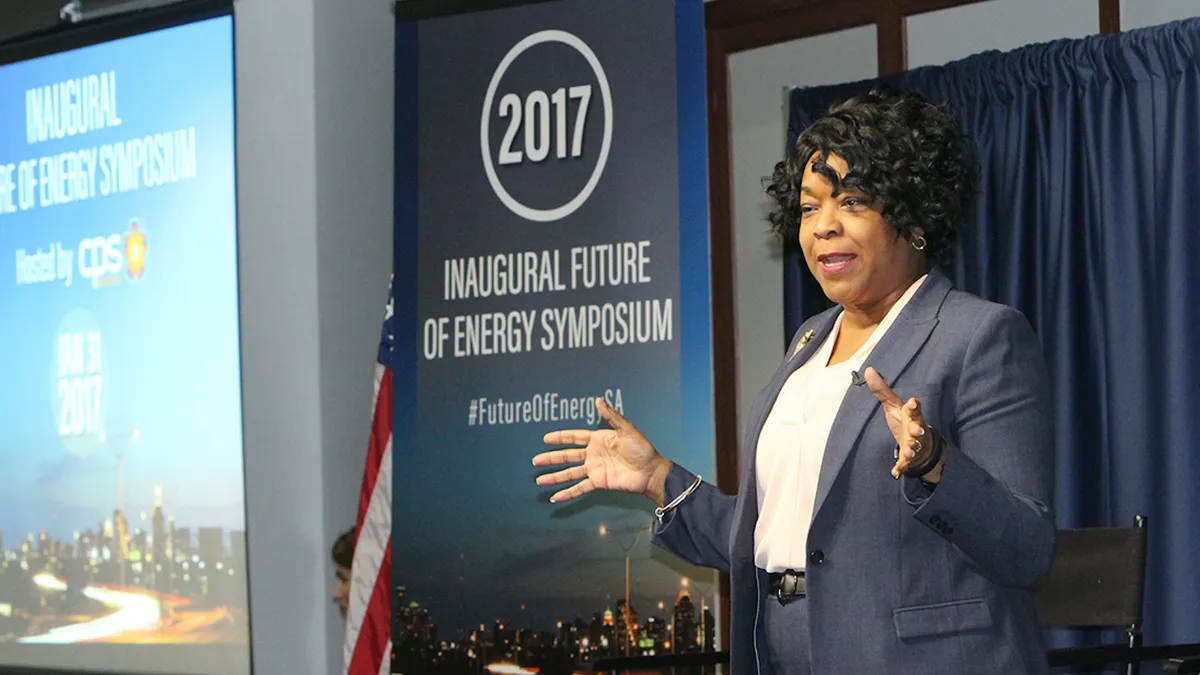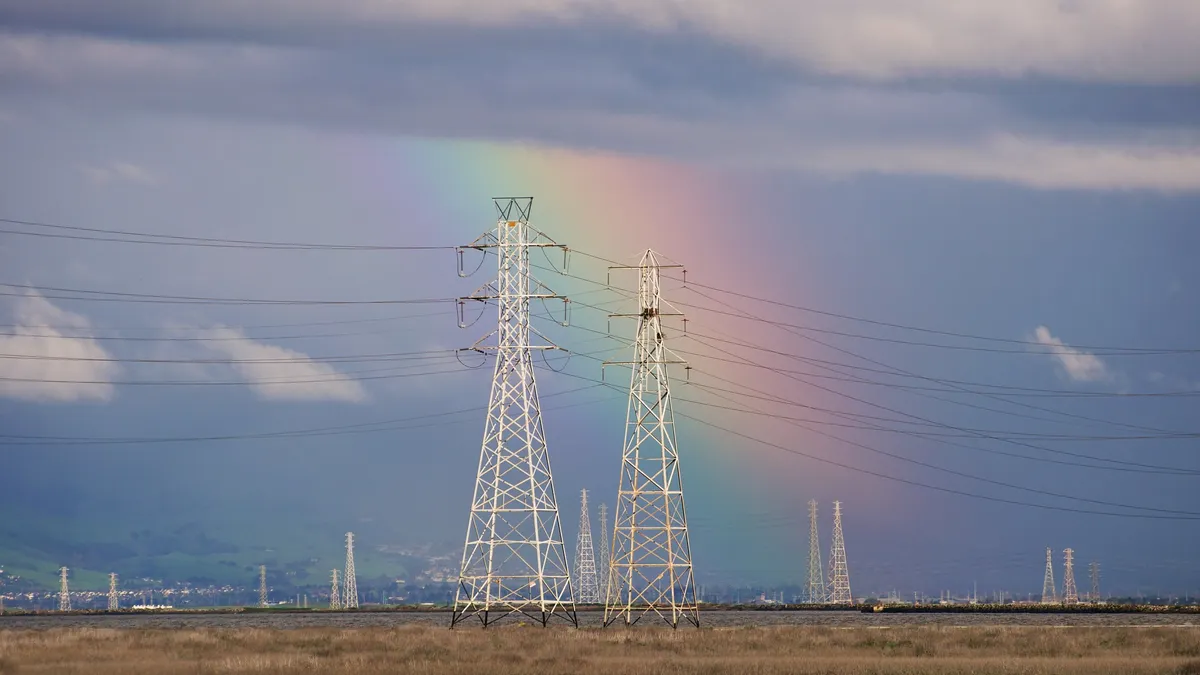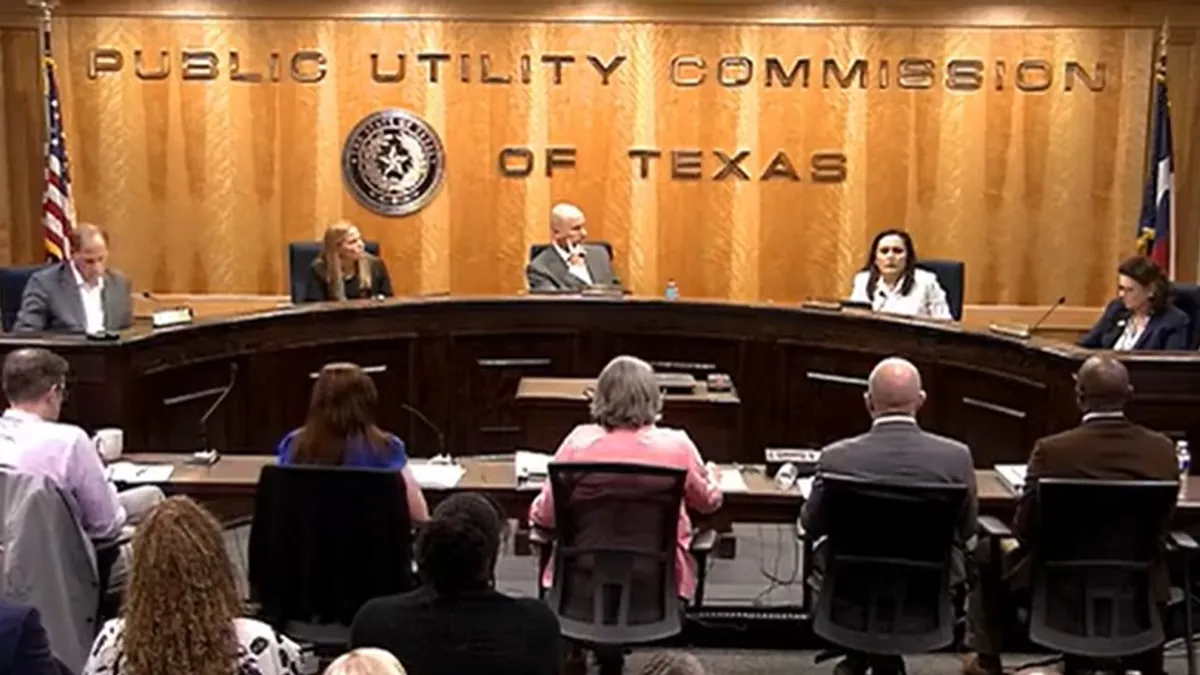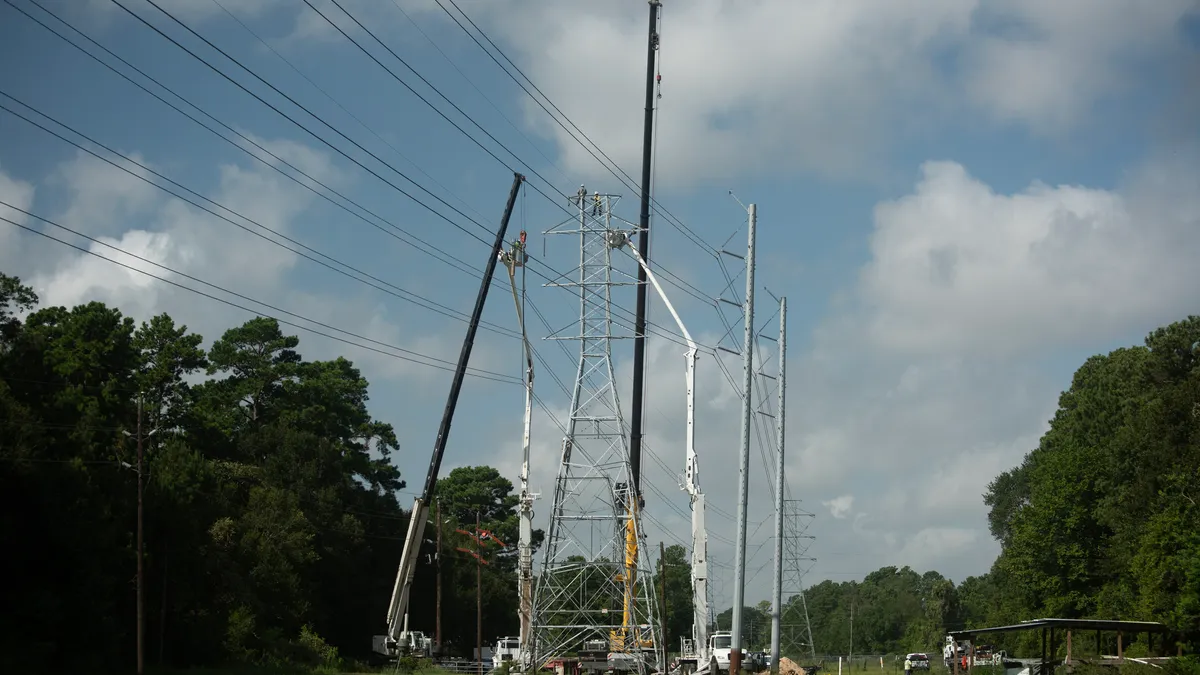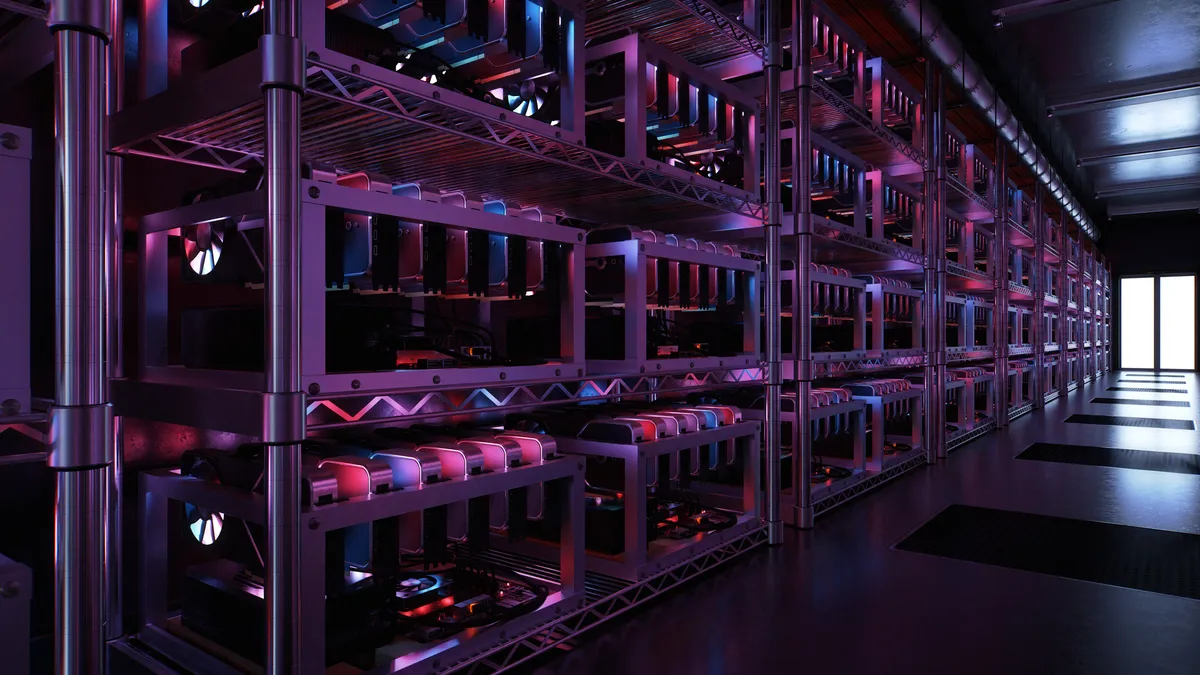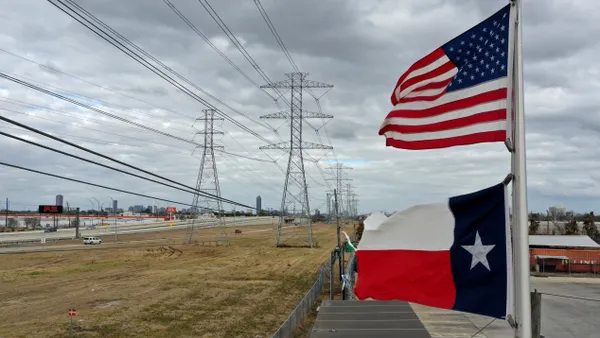Across the United States, urban electric utilities face two intersecting challenges.
On one hand, customers increasingly demand choice and control over their electricity, fueling growth in distributed energy resources like rooftop solar and programmable thermostats.
At the same time, a number of municipal governments are undertaking “smart city” initiatives, aimed at making urban communities more sustainable and livable through design and access to technology.
San Antonio is emblematic of both trends. More typically known for the Alamo and its Tex-Mex cuisine, the blue-collar Texas metropolis is making a name for itself for both its smart city initiatives and municipal utility efforts to spread DERs.
Last month, the city wrapped up a mammoth Smart Cities Readiness Workshop, bringing together government agencies and companies to build on the progress that’s seen the community named one of the top 10 smart cities in the nation.
For many power providers, the space is unfamiliar. But representatives from CPS Energy, the city’s municipal utility, were on hand at the workshop to report on their recent DER and customer engagement initiatives, including groundbreaking programs in smart thermostats and utility-owned rooftop solar.
“A lot of utilities talk about owning smart city,” CPS Energy CEO Paula Gold-Williams told Utility Dive. "I tell my organization: We don't own smart city … we're an enabler of the smart city."
“A lot of utilities talk about owning smart city. I tell my organization: We don't own smart city … we're an enabler of the smart city."

CPS Energy CEO Paula Gold-Williams
Gold-Williams spoke to Utility Dive on the sidelines of the ETS 2017 conference in Austin last month, where a recurring trend was the intersection of urban utilities and broader municipal smart city initiatives.
For many utilities, those worlds converge first with distributed resources at the grid edge. At CPS Energy, carving out innovative business models to facilitate DER growth has helped meet both consumer demand for advanced technologies and achieve the smart city policy aims of connectivity, sustainability and equal access to innovation.
Moving forward, Gold-Williams expects further collaboration with the city to help spread access to smart energy technologies to its entire customer base and use the utility’s modernized grid to facilitate connectivity for other sectors.
“Our perspective is you shouldn't be barriered out of our programs based upon where your home is or your income,” she said.
DERs in the smart city
The definition of a smart city may vary from place to place, but at their base most initiatives aim to make cities more environmentally friendly and accessible for residents of all ages, incomes and ability levels, often through the use of technology.
It’s a new school of thought for many utilities. For over a century, the utility sector operated within the model of a one-way grid, building large generating plants and power lines to deliver electricity to customers.
But the grid-edge technologies of smart cities, like rooftop solar and storage, change that equation. With their addition, utilities manage a grid with numerous generators and highly variable electric demand. And as other sectors of the city increase their connectivity, many will use the utility's network of poles, wires and communication technology to support their own "smart" initiatives.
In San Antonio, the smart city workshop covered six areas — transport, government, water, energy, workforce development and sustainability.
By providing the electricity for other smart city initiatives, electric utilities necessarily play a foundational background role in the transition to a more connected city. But beyond simply powering the initiatives of other sectors, utilities like CPS are looking to take a more central role, facilitating the build-out of new energy infrastructure like electric vehicle chargers and connecting consumers with smart energy technologies.
CPS has already started building out charging stations “for a couple of customers,” Gold-Williams said, but its most notable initiatives are in DERs.
At the conference, Gold-Williams highlighted a smart thermostat program that has helped the utility harness more than 100 MW of variable load during the summer for demand-side management.
Starting in 2015, the utility aimed to expand its residential demand response program by offering rebates to cut the price of a Nest learning thermostat. Residents could participate in the DR program with a Nest device — or bring their own thermostat.
“I think it's one of our most perfect programs from the standpoint of customers can see it. It’s tangible inside their homes,” Gold-Williams said. “They can control it but it also gives them the benefit of making their own choices.”
The utility currently has 7,000 customers using Nest thermostats for its DR program and hopes to expand to 23,000 by targeting consumers who already have a smart thermostat and getting them to switch to Nest.
“That program makes it super affordable,” Gold-Williams said. “You get a unit that's maybe $250, but you get it for … the low, low price of $19.99 when you get all the reductions and rebates.”
With an expanded program, CPS will be able to shave more load from its system during times of high power demand, reducing the need for expensive and polluting peaker plants. Gold-Williams said the initiative builds on other programs that have also aimed to make usually-expensive distributed energy technologies accessible for all.
In 2015, CPS announced a rooftop solar program that would see the utility make direct investments in 10 MW of customer-sited solar, split evenly between residential and commercial customers. With no money out of pocket for the homeowner, users would receive the panels and be rewarded about $0.03/kWh for power generated by the systems.
“Even with rebates and support from the federal government on a lot of those investments, a customer could still have a system that costs in the thousands and that's just a barrier for people,” Gold-Williams said.
“We've had people who said, ‘I never thought I'd be able to do solar on my home. It was painless. Everything was done for me. The system is maintained and I get credit back.'"

CPS Energy CEO Paula Gold-Williams
Under the SolarHost program, third party installer PowerFin finances and operates the rooftop solar system, receiving credits from CPS for working with the utility on the project, according to Gold-Williams. In addition to the installation coming at no cost to the consumer, “they share and give a meaningful credit back to the customer,” she said.
“We've had people who said, ‘I never thought I'd be able to do solar on my home. It was painless. Everything was done for me. The system is maintained and I get credit back,’” Gold-Williams said. “We find that's a way to penetrate in a group that, again, wouldn't have thought about it before. We love that ability to do it.”
The SolarHost program was popular from the start, attracting 1,200 applications in the first two days that applications were open. Though the allocated funding was supposed to last the program through 2018, interest quickly drew down the program’s coffers and utility officials committed $15 million more in January of this year under a reduced incentive structure.
Serving, not monopolizing
CPS Energy’s smart home and solar projects are leveraging new customer acquisition techniques to help make consumers aware of the lucrative incentives available to them. The utility even partnered with Home Depot on its thermostat program.
But while the new technologies are exciting, Gold-Williams said the ultimate goal is to use those programs and their acquisition techniques to link consumers with a variety of more foundational utility assistance programs.
In addition to the smart thermostat program, the CPS CEO highlighted her utility’s “affordability discount program,” which enables consumers who need help managing their power bills to earn $150 or more in credits by drawing down usage during peak periods.
“The real point is, can we align them with other programs? We put them in our weatherization program and then align them to a peak saver program and create a package so that it's not just for people who have the internet and can monitor these things,” Gold-Williams said. “It's for people who need these services — and we can do a much better job of penetrating and giving them lots of things that work together.”
Talk of behind-the-meter involvement for utilities like CPS often raises concerns among DER providers, who worry utilities will use their market power and existing consumer relationships to push them out of the market. But Gold-Williams rejected any concern of her utility monopolizing the behind-the-meter space in San Antonio.
“Monopolizing? My thought is we are serving,” she said. “We only want to do it in terms of ensuring that people have the best quality of power that they can get, but we don't look at it as an entitlement — we look at it as our ability to be helpful.”
“We're not coming up with all these products. We just need to partner with people who want to do that for our customers and that's our perspective.”

CPS Energy CEO Paula Gold-Williams
Far from pushing DER providers out of the space, Gold-Williams sees ample opportunity for third parties to work with the utility as it attempts to democratize access to energy technologies.
“We're not coming up with all these products,” she said. “We just need to partner with people who want to do that for our customers and that's our perspective.”
Even so, the CPS CEO said there may be a more visible role for her utility to play going forward as it studies the grid impacts of distributed resources
“I definitely think that we are going to have to think about different ways to help,” she said. “And could that mean our ability to actually implant and label products and services? Absolutely.”
Bringing the smart city together
Going forward, Gold-Williams said CPS will continue to study where its power sector infrastructure could help advance other smart city goals. One possibility, she said, is to use sensors on the utility grid to help the city’s water company track leaks or gauge air pollution from non-utility sources, such as transportation.
“We look at it not just from the standpoint of the things that will make us just a better, efficient energy company,” she said, “but the different things that we can do that will enable other things that really will support the entire community.”
Though CPS’s load continues to grow 2-3% a year, Gold-Williams said efficiency improvements and DERs mean the utility likely won’t need to consider any new generation until at least the early 2020s.
“We're watching how technology is merging and we may even expand our energy efficiency and conservation programs or maybe there might be something brand new that we might do to control that in a meaningful way,” she said. “We could end up not having to make a decision until the late 2020s. When that happens, there are just a lot of options on the table.”
While her utility is not operationally different from an investor-owned utility, Gold-Williams said the municipal utility’s financial structure helps ensure investments are focused squarely on community needs, easing the integration with other smart city initiatives.
“Our ability to focus on solely what they need and meeting the needs of what our community wants is a different ball game,” she said. “Even the bondholders don't drive decisions; they just want to be paid. The decisions actually happen in our community. That's the difference."


